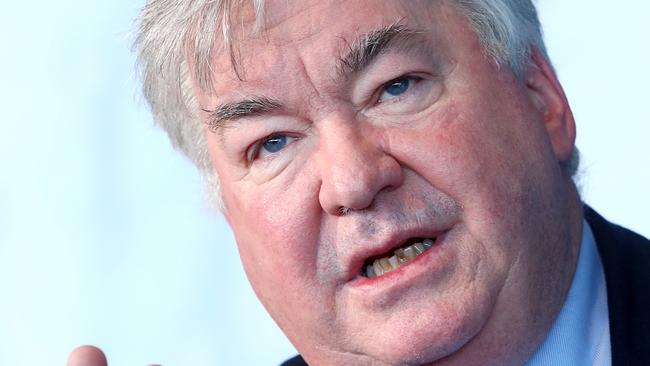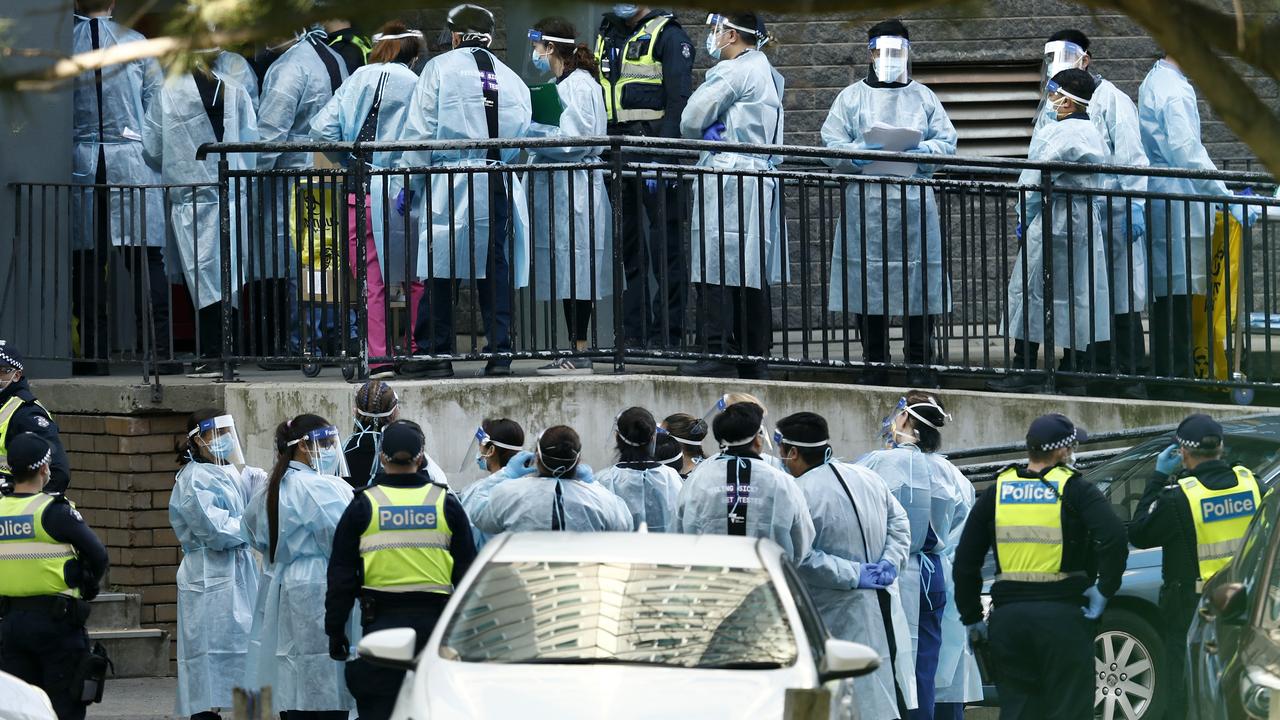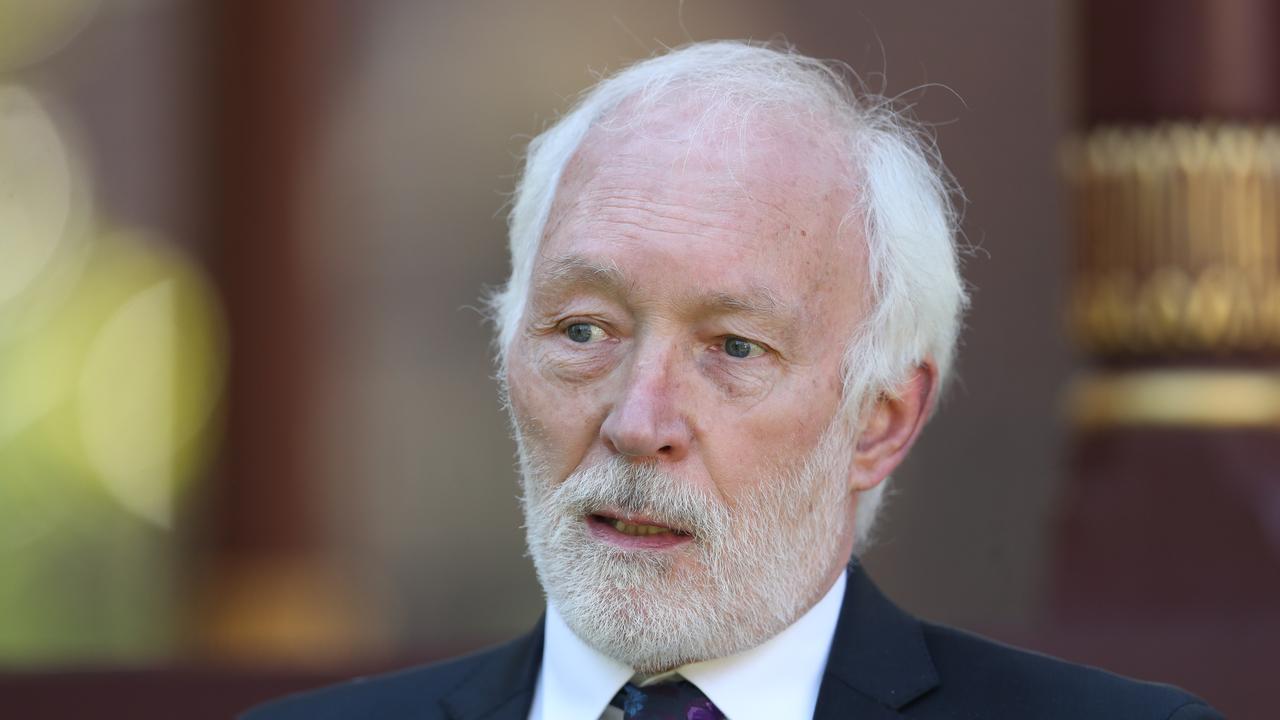Cabinet papers 1996-97: Medicare control that almost was
The Howard government considered taking total control over Medicare provider numbers given to doctors.

The Howard government considered taking total control over Medicare provider numbers given to doctors — to determine how and where they could practice — in a bid to slow growth in the health budget.
But worried about a possible constitutional challenge, and protests from doctor groups, the government opted for regulatory and training restrictions.
Its decision to restrict doctor numbers, while not doing anything significant to address workforce maldistribution, led to Australia becoming reliant on overseas-trained doctors in regional and remote areas.
Cabinet meetings before the 1996-97 budget discussed a paper that then health minister Michael Wooldridge was asked to prepare on options to restrict Medicare provider numbers on a geographic basis. The move could potentially have allowed the government to not only control numbers and locations of doctors but influence their billing.
According to documents released by the National Archives, Dr Wooldridge had other ideas up for budget consideration and warned the “GP Strategy” Labor launched five years earlier was still “controversial and sensitive”.
“The paper makes it clear that while provider number control offers some potential to deal with the under-supply of doctors in rural areas and there are large savings possible in restricting the number of doctors accessing Medicare, these benefits would come at a high political cost,” Dr Wooldridge told cabinet.
Cabinet agreed to reconsider geographic provider numbers at a later date and allowed Dr Wooldridge to push ahead with regulatory restrictions and a reduction in medical school places.
“Labor’s proposal to reduce medical school places by 200 has failed miserably, resulting in a permanent reduction of 38 places,” Dr Wooldridge said, declaring it “essential something close to this original target is pursued”.
The reduction led to a doctor shortage only recently overcome, with the Morrison government looking to address the persistent maldistribution.
The documents show the Howard government was preparing to negotiate a single health and community services system with the states, including funding reform.
Cabinet considered but, on the recommendation of the minister, did not support one of the options for reform, which would have given health insurers control of all spending in a “population-wide form of managed care”. Dr Wooldridge did not fully close the door on the option, which today would be opposed as a move towards a US-style health system.
“The Australian community is not ready to consider reforms of the type envisaged … further work is required to determine how any such arrangements might function, and how any transition might be managed,” Dr Wooldridge said.
In 1997, the government embarked on another round of health insurance reforms after Dr Wooldridge warned the “decline in coverage would have a very direct effect on the commonwealth’s (financial) position in new healthcare agreements with the states”.



To join the conversation, please log in. Don't have an account? Register
Join the conversation, you are commenting as Logout